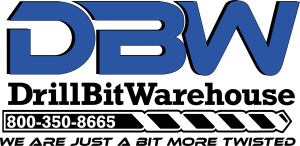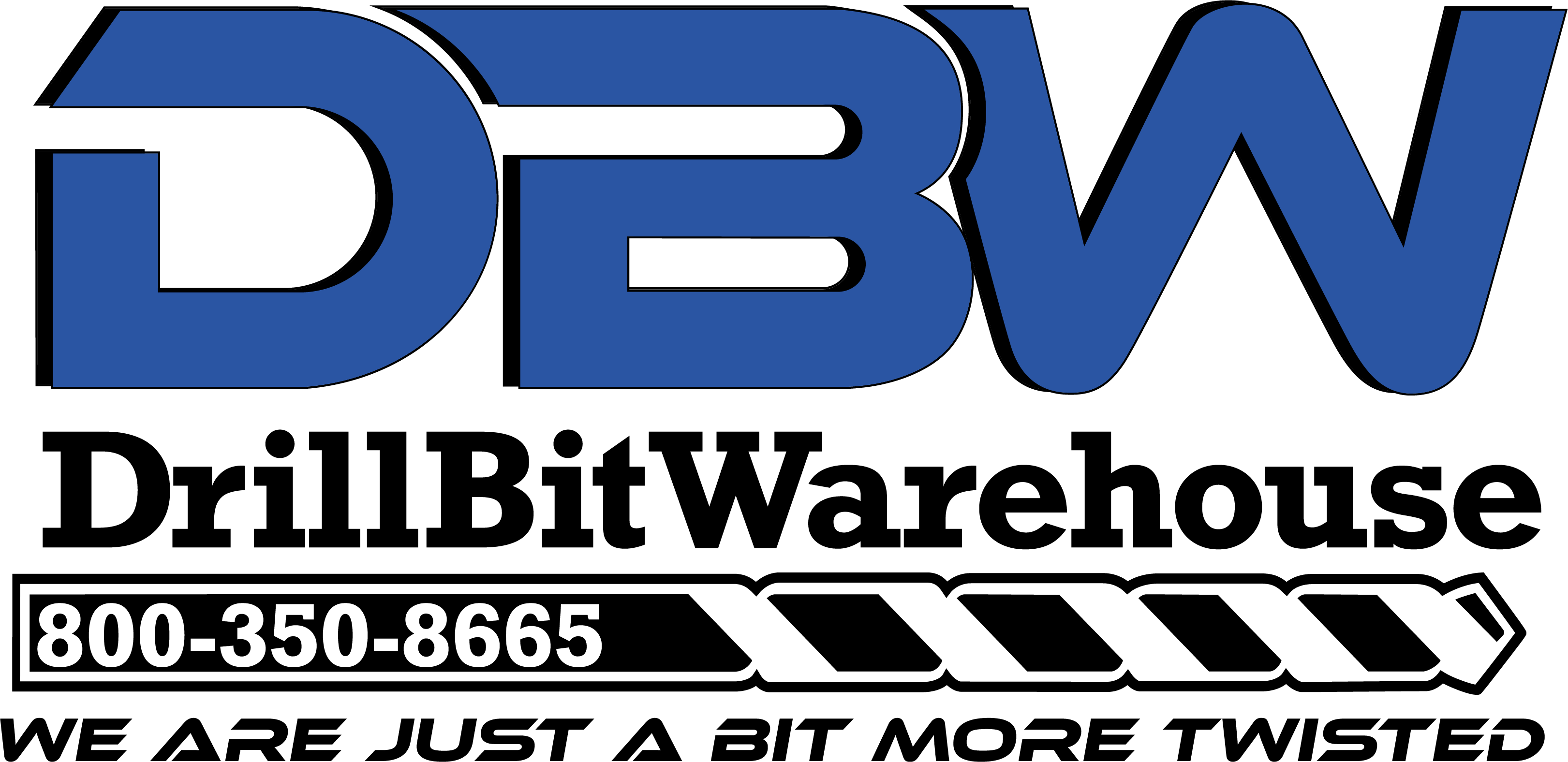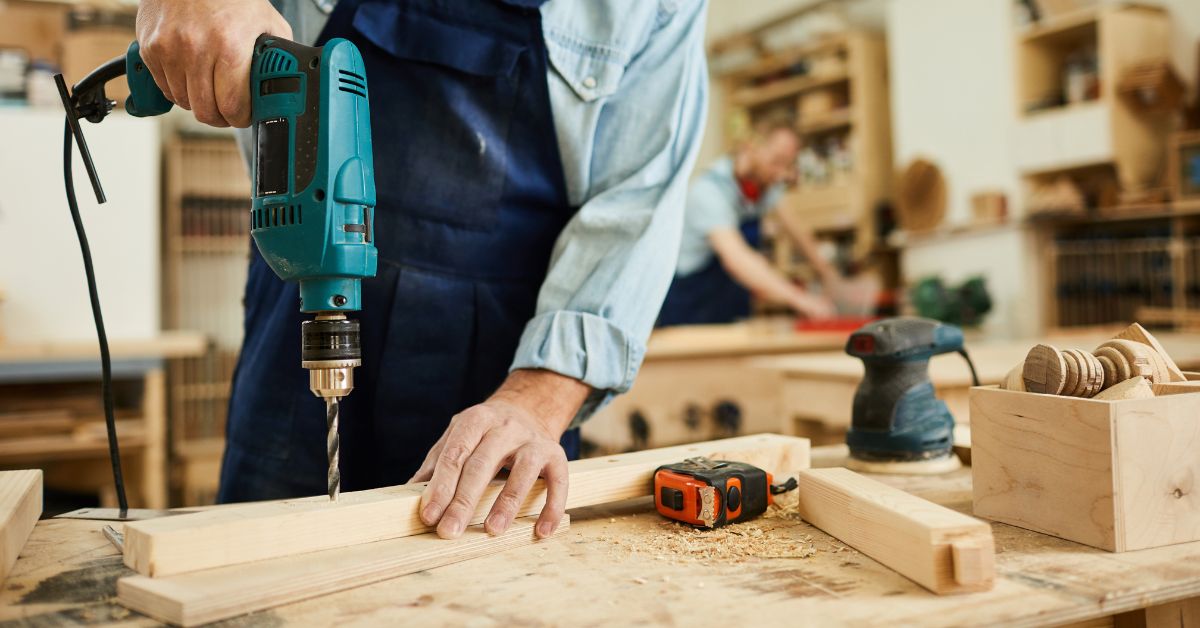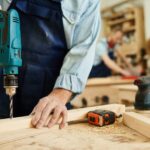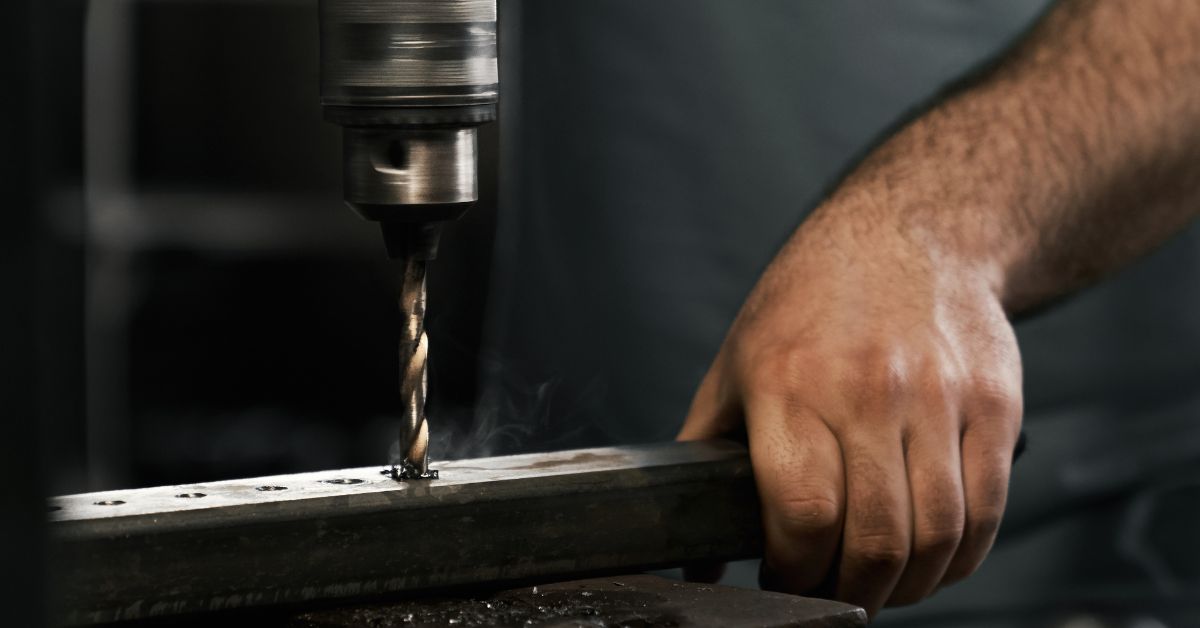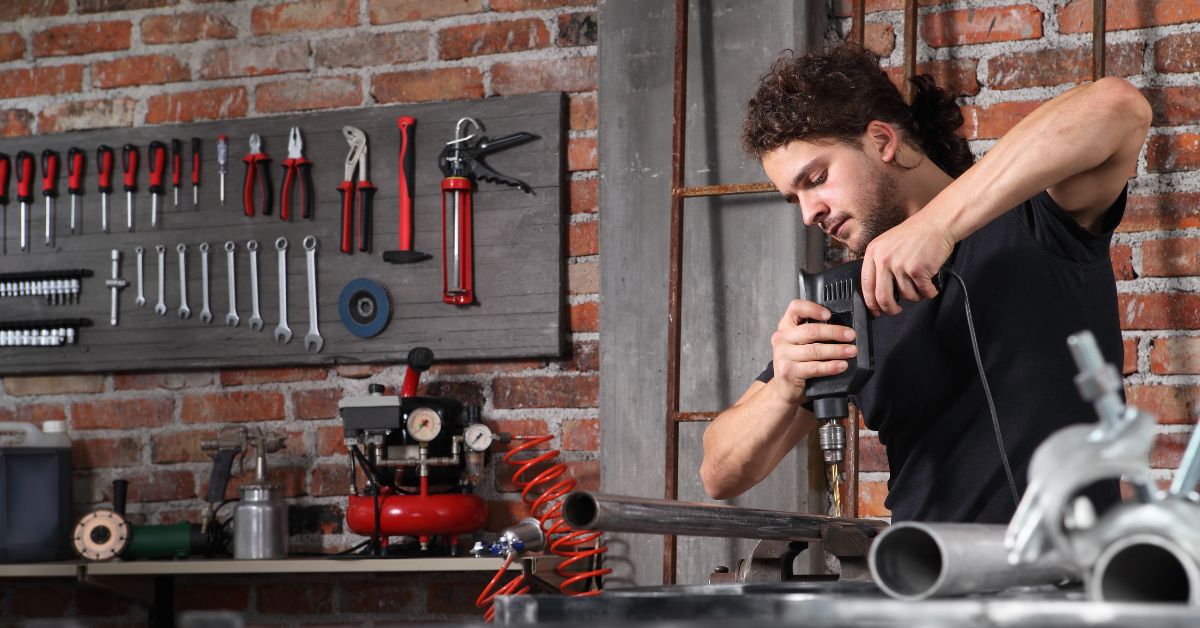As you drill a hole in material for a metalworking, woodworking, or construction project, there may come a point where you start to hear a chattering noise. Although this can initially seem like a small inconvenience on the surface, the sound can snowball into an issue that affects project precision and tool longevity. Fortunately, you can avoid damaging effects. Read on to gain a greater understanding of drill bit chatter.
What Causes Drill Bit Chatter?
When drill bit chatter occurs, it creates vibrations that make it difficult for the bit to cut smoothly through the material you’re drilling. Chatter also results in the bit moving around erratically within the hole.
One of the primary culprits for drill bit chatter is excessive speed. When a drill rotates at higher speeds than the material can handle, it generates vibrations that multiply over time, making the drilling process harder to control.
Another reason this may happen is because you chose an inappropriate tool for the job. For example, if you pick a wood-only drill bit for metalworking or use a dull bit, you increase the likelihood of chatter. On top of this, improperly securing your workpiece compounds instability, leaving room for movement during drilling.
In addition, if your drill bit is loose, there’s a greater risk of experiencing chatter. By understanding these root causes, you will have more success when drilling.
How Drill Bit Chatter Can Hurt Your Tools
One of the reasons drill bit chatter isn’t something to brush off is that it can do damage to your tools. For example, persistent vibrations can cause wear to your bits, reducing their performance and lifespan. A dulled drill bit will struggle to pierce through materials effectively, producing greater amounts of heat and degradation.
The impact isn’t only limited to the bit. Chatter transfers vibrations to the drill motor and chuck, which can compromise the tool’s internal mechanisms. Continued drilling risks overheating or malfunctioning down the line, creating unnecessary costs for replacement or repair.
Beyond the equipment itself, chatter undermines the quality of your work. Ragged and poorly aligned holes make finishing a project harder. You may have to perform additional rework that costs time and resources. For professionals depending on consistent results in high-stakes projects, addressing chatter is an absolute must to keep operations smooth.
How To Prevent Drill Bit Chatter
Now that you better understand drill bit chatter, it’s important to discuss how to prevent it. Fortunately, that doesn’t require a full overhaul of your tools or techniques; instead, it’s about small adjustments.
Operate at a Slower Speed
One of the most effective ways to tackle drill bit chatter is by adjusting the drill’s rotation speed. By decreasing the speed, you allow the drill bit to have more time to cut through the material cleanly, reducing resistance and vibration.
Slower speeds also lessen heat buildup, which plays a role in preventing tool damage. While it might seem counterintuitive to dial things down when deadlines loom, remember that precision and proper technique produce better overall results than brute force. A steady, controlled approach minimizes chatter while improving the accuracy and smoothness of your work.
Use the Right Tool
Every project calls for a specific set of tools, and drilling is no exception. Using a drill bit built for the specific material provides smoother penetration, less friction, and fewer vibrations. For instance, carbide drill bits are a good fit for metalworking projects, whereas Forstner drill bits are a great choice for wood projects. Tool compatibility can help eliminate some of the problems that lead to chatter.
Material thickness can also influence tool choice. Thin or delicate materials benefit from smaller bits that create less stress during operation. Rather than forcing a one-size-fits-all solution, matching your equipment to the task improves overall performance while extending the lifespan of your tools.
Sharpen Your Bit
As established, dull bits can lead to chatter during drilling. Blunt edges demand more pressure to cut through materials, causing unnecessary vibration and instability. By sharpening your bit regularly, you allow it to slice cleanly without resistance.
Whether you use a file, a specialized sharpening tool, or an electric grinder, keeping a sharp cutting edge is essential to maintaining consistent results. If you perform drilling tasks frequently, check your bits often to maintain their performance. Going into a project with razor-sharp tools keeps your workflow efficient and minimizes interruptions caused by problematic chatter.
Secure the Part You’re Drilling
Another way to prevent drill bit chatter is by securing your workpiece to prevent unnecessary movement. Try clamping your material to the workbench so you have a stable platform on which to drill. If clamps aren’t feasible for your setup, alternative solutions, such as using gripping vices, can improve stability. Keep in mind that the material should remain fully stationary throughout the process to minimize disruptions.
Proper stabilization doesn’t just eliminate chatter; it helps maintain safer working conditions by reducing the likelihood of accidents. A well-secured workpiece gives you complete control over the operation, paving the way for smoother, sharper results.
Check the Drill’s Chuck
If you hear drill bit chatter, you should also check the drill bit’s chuck. The chuck is the vital link connecting the drill bit to the machine, so any misalignment or looseness in this area directly affects performance. If the chuck doesn’t hold the bit firmly, movement during rotation will create an imbalance, leading to unwanted vibrations.
Before you start drilling, inspect the chuck carefully. Look for signs of wear or misalignment, both of which compromise its ability to grip securely. Tighten the chuck firmly around the drill bit to stabilize the rotation. You’ll keep the bit aligned with the material during operation, creating smoother drilling action.
Review the Rest of Your CNC Machine
One last tip for preventing drill bit chatter is reviewing the rest of your CNC machine. Keep your machine on a flat surface without features in the flooring that could affect its stability. By doing so, you’ll increase the potential for accurate, precise, and efficient drilling and eliminate disruptions that may arise from an unstable machine.
Buy the Right Bits at Drill Bit Warehouse
Although drill bit chatter can present frustrating challenges, you’ll reduce the number of disruptions in your shop by utilizing the strategies listed above. When you need the best bits for drilling through wood and metal, purchase them from Drill Bit Warehouse.
We stock only high-quality products that we would use in our own work. Plus, our bits can help you drill precise holes that will keep clients happy and allow you to avoid the annoyance of drill bit chatter.

